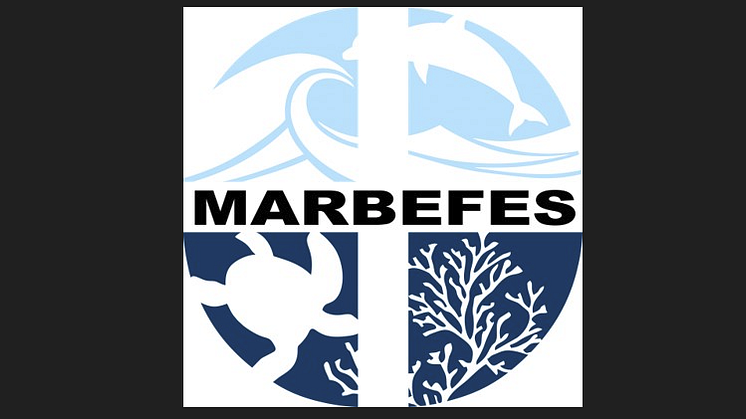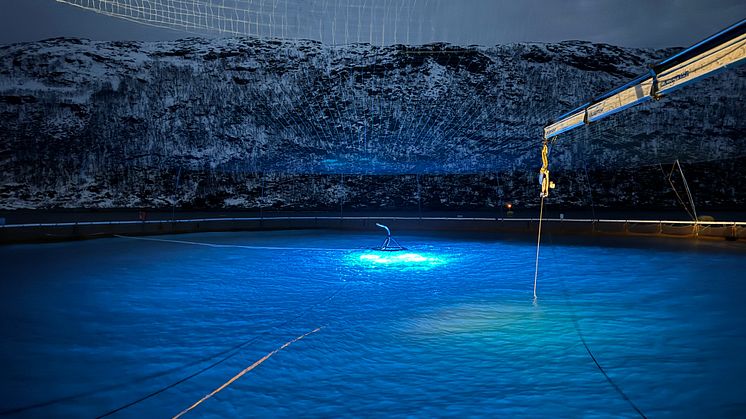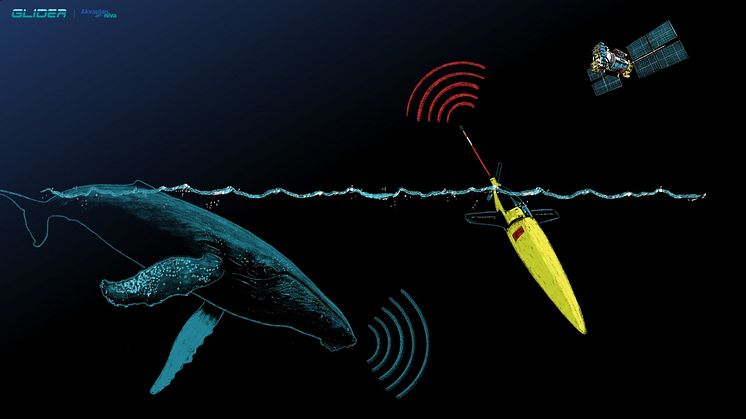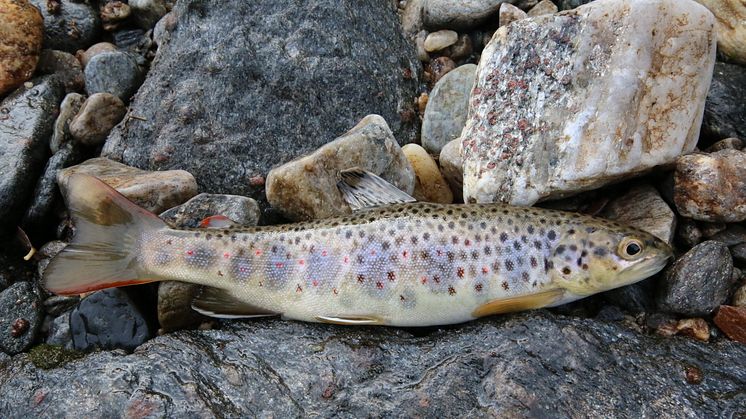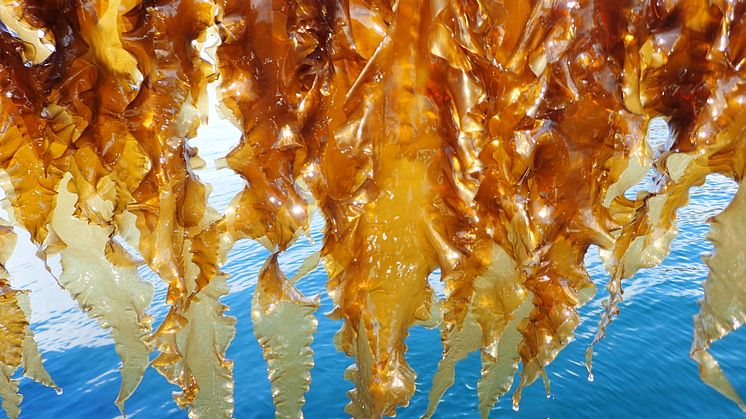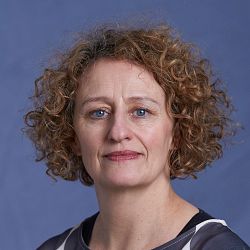
Acoustic Analytics and Advanced Modelling Unlock New Insights into Farmed Cod Behavior
New studies introduce a cutting-edge engineering framework for understanding behavior, welfare, and feeding dynamics in farmed Atlantic cod. By merging continuous acoustic monitoring, signal-processing workflows, and parametric environmental modeling, the research provides the most detailed quantitative picture to date of how cod interact with their surroundings and feeding systems in commercial s







